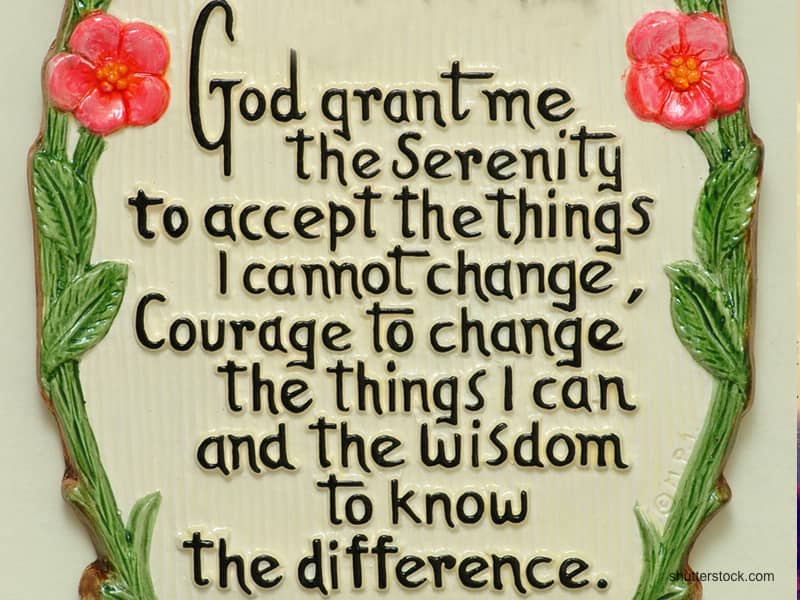Like my Scandinavian forebears, I am genetically programmed to forage for dough and red meat when the sky is dark by mid-afternoon. In the meantime, I am delighted to have recovered the inner me--that Linda without the fleshy snowsuit. I enjoy the extra room around my waistband--the evidence of things not seen, as the scripture says.
Back in the early 1970s in New England, I entered the Mormon fold as the theological inner me--sleek, trim and energetic. I had the musculature of truth nourished in my Protestant Christian tradition. I also had an experience of the Spirit which shoved me into affiliation.
As had been my pattern in my pre-Mormon days, I anticipated a long life of "growing in the Gospel." I learned pretty quickly that there are both spiritual Power Bars and Marshmallow Fluff, Gospel and gristle offered up generously by well-meaning folks to help me grow.
A current Mormon apostle, Jeffrey Holland, referred to this in his April 1998 conference talk. "Are we giving (each other) theological Twinkie(s)--spiritually empty calories? President John Taylor once called such teaching 'fried froth,' the kind of thing you could eat all day and yet finish feeling totally unsatisfied."
Elder Holland refers to "the philosophies of men interlaced with a few scriptures and poems." Though I know a lot of people find these delicious, I could go a long time without hearing about footprints in the sand, the touch of the master's hand, or that horrific and toxic trainmaster/bridge/son analogy that circulates in LDS meetings with unnerving regularity. (If you haven't heard it, count your blessings.)
In my early years I remember wondering whether what I embraced spiritually was really "Mormon enough" to count. My bishop told me this (more or less): "There is a lot of wiggle room in the Gospel. There are some core beliefs that unite us--that Jesus Christ is our Savior, that something dramatic happened in the Sacred Grove, that the priesthood power is real and was restored by Divine interactions with Joseph Smith. Beyond that, it's between you and God."
I have held on to that counsel for years--sometimes like a lifeline.
Last year, teaching the Doctrine and Covenants in seminary, I wasn't quite sure how to handle Section 129, which talks about telling the difference between resurrected beings and angels and demons. One of my students asked, "Doesn't this sound like Star Trek?" I told her what I have repeated to myself over the years: "Hold tight to the stuff crucial to your individual salvation and keep a loose rein on the rest."
The rub in some cases is defining what "revealed doctrine" is. What satisfies some folks is indigestible to others. Does a weary mom get spiritually bolstered contemplating having children in worlds to come? Are anthropologists obligated to believe that the Garden of Eden was really in Missouri? Were the Pearl of Great Price passages literal translations or did the original documents provide a catalyst of inspiration?
One of Mormonism's strong suits, even in its early days was a celebration of personal spirituality. Richard Bushman in his book "Joseph Smith and the Beginnings of Mormonism" describes it beautifully: "The sacred stories of Enoch, Moses, Nephi, Mormon, and Joseph Smith envelop Mormons in the realities of divine power and the redemption of Christ, without confining them to the specific formulation of a historic creed. From the stories they distill inspiration and direction, but in manifold forms adaptable to the varied circumstances of modern life and the diversity of personalities. The general meaning of the events has always been unmistakable to the Saints; God has restored His Kingdom to prepare the world for the return of the Savior. But in detail, as applied to individuals, the stories continuously unfold new meanings."(p. 188.)
I love exploring these stories and shared expressions of how God is active in people's lives. This is where the inner me gets fed, not just fattened up.
There are no doctrinal allergies, no handfuls of spiritual flab. This is intimate and uniquely mine, private and divine. It is a sacred space like the small pocket of air when I kneel and rest my head on folded hands at my bedside--the place where my words and breath, sighs and tears meld.
In a different sacred space, it has the privacy and communion of the rich space between a veil and my face. My diet for maintaining my ideal spiritual weight? It's summed up in John 6: " Jesus said unto them, I am the bread of life: he that cometh to me shall never hunger; and he that believeth on me shall never thirst."

